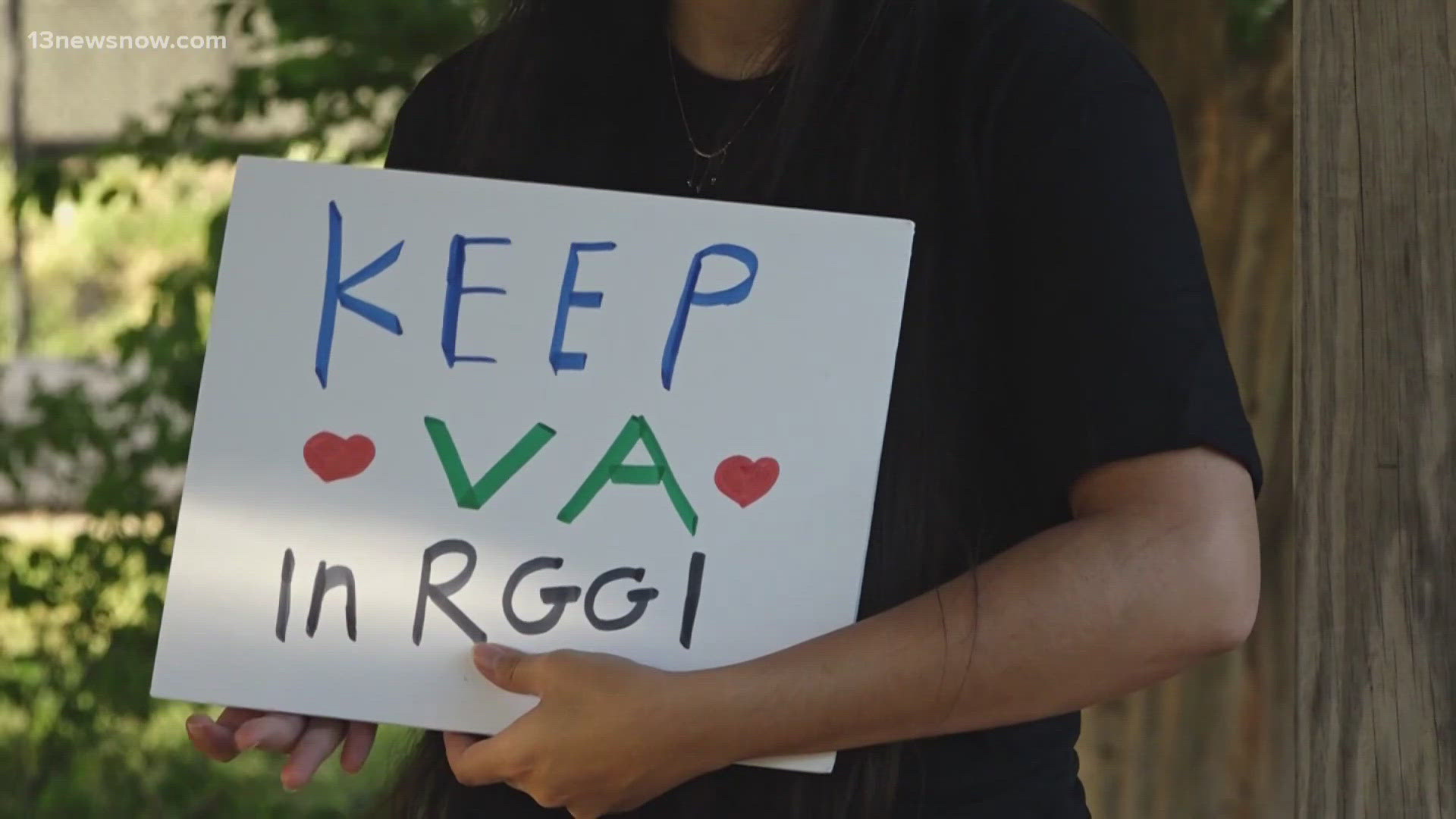ANNAPOLIS, Md. — Researchers are predicting a slightly smaller-than-average oxygen dead zone in the Chesapeake Bay this year.
One of the main reasons why is because there was less rainfall washing pollution off of farms and cities and into the nation’s largest estuary.
The forecast was released Wednesday by researchers from the University of Michigan, the University of Maryland and the Chesapeake Bay Program.
The dead zones are created when nitrogen pollution fuels an overgrowth of algae that eats up the water’s oxygen. Swaths of water that have little or no oxygen cannot support the bay’s vast ecosystem.
It includes crabs, oysters and various species of fish.



